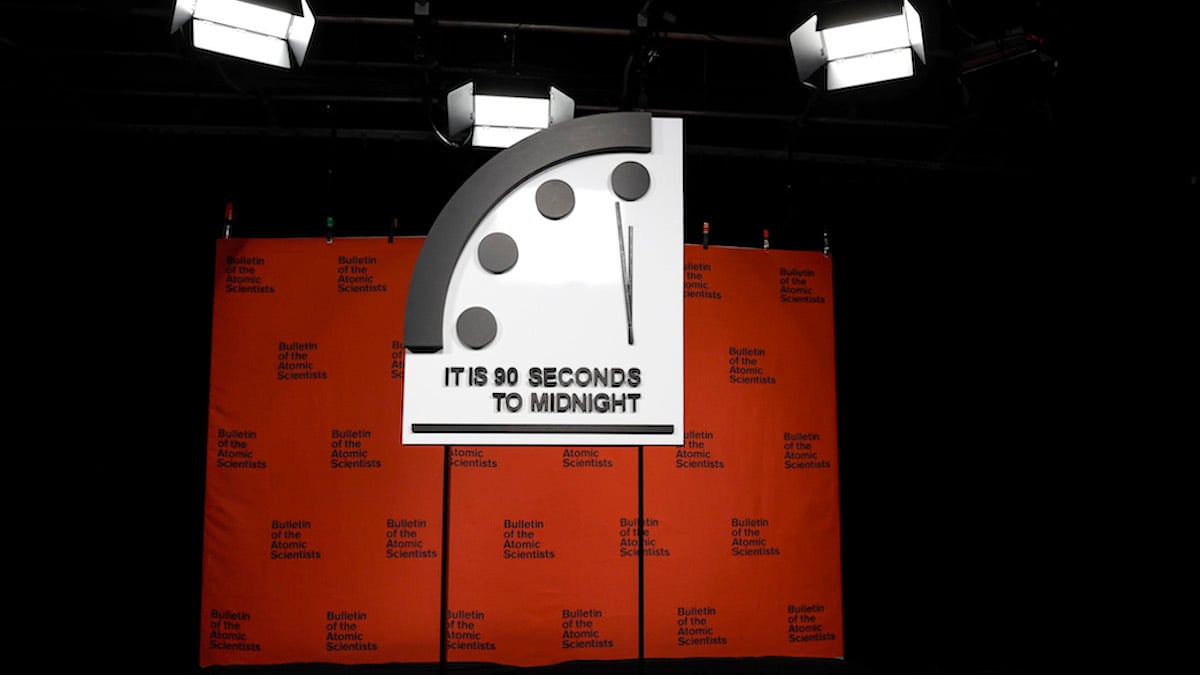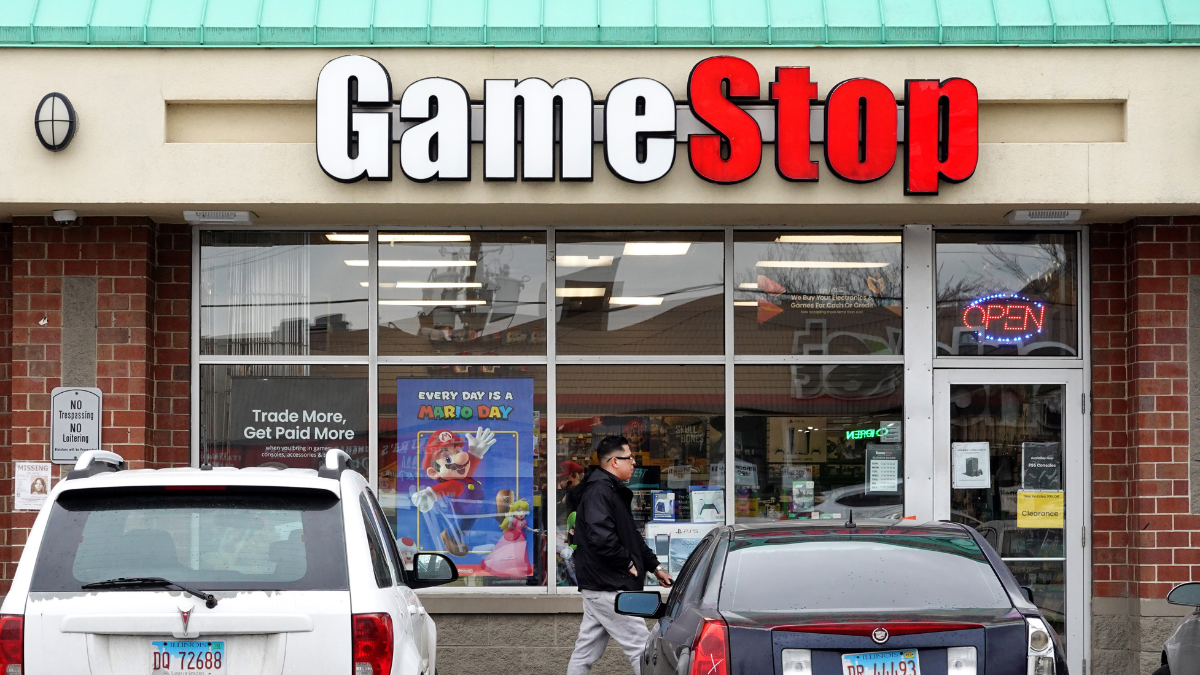Waking up this morning, I had planned on purchasing The Legend of Zelda: Tears of the Kingdom in person. Something about the return to a previous ritual — walking into a store, molecules vibrating with excitement at the mere thought of playing the new game — enticed me enough to put aside my unfair apathy and finally purchase the game. My plan was thwarted, however, when I learned that my nearest GameStop was closed. Shocker.
With the domination of online shopping (thanks, Jeff!) and the growing reliance on digital storefronts, physical retail stores are at a clear disadvantage. People don’t have the time and patience to drive all the way to a store for a game, let alone wait for it to arrive at their doorstep. So, GameStop struggles, closing stores in America and beyond all while laying off employees — even at its reputable magazine, Game Informer — in an effort to cut costs. Not all hope was lost because for a few brief, shining moments, the failing brick-and-mortar company found itself at the center of attention — just for all the wrong reasons. Back in 2021, some righteous Redditors stuck it to GameStop executives by causing a short squeeze, costing the company and their hedge fund investors billions. In its most recent attempt to make quick cash, the company went all in on cryptocurrency and NFTs, only to lose millions for their idiotic trend-chasing.
It wasn’t always this way. Back in my childhood, also known as the mid-2000s/early-2010s, GameStop was the place to get video games in my corner of America. There was a skirmish in my local mall where an EB Games, Australia’s flavor of game store, tried to fight GameStop for dominance; it didn’t take long for the EB to become a Claire’s. GameStops were everywhere — sometimes multiple within a few-mile radius, and they were filled to the brim with everything a young gamer could want: new games, used games, retro games, accessories, controllers, and posters galore. It was my immature dream to work at a GameStop, to become the community guru who pointed players onto new series and could hold my own in conversations with the nerdiest folks around. Working surrounded by games, by people who care about games, seemed like something I was made for. …The employee discount was also mighty tempting.

Hopping in my car, I drove an extra 10 minutes toward my second closest GameStop, desperate to reignite the feeling of what it was like to purchase games as a kid: the mystery, the excitement, the euphoric feeling of holding the game I wanted so badly in my hand, my eyes scanning the box over and over again as I willed us to get home faster so I could play the darn thing already. Reconnecting with my youth could cure my art fatigue, or just make me anxious to play Tears of the Kingdom, or at least make up for the fact that I had not pre-ordered on Amazon and didn’t want to wait however long Jeff had determined was appropriate to be delivered. Memories of past purchases played on repeat while my eyes focused on the traffic in front of me. It wasn’t long until I pulled into the strip mall parking lot, bright-eyed and bushy-tailed, and parked right next to the store. “GameStop” it said — the red, white, and black sign was a sight for sore eyes, a staple of simpler times.
I walked to the door, braced myself, and walked in. It was… disappointing, to say the least. Save for me and the two employees, the store was eerily empty. No children were running around, excitedly pulling at the games on the shelves; I quickly honed in on the TotK display and grabbed the faux case — a placeholder box with the cover art shoddily taped on that you trade an employee for the real thing. The walls were still stocked with games, consoles, and accessories, sure, but also Pokémon cards, Funko Pops for some mid-tier brands, and various video game-themed clothing items. These extraneous items often had larger displays than the franchises they advertised. GameStop has been diversifying their stock for years — at one point in 2021, Mr. Beast challenged video essayist Patrick H. Willems to fit the entire store into a triangle, and he succeeded — but there was something heartbreaking about seeing these alternative revenue sources slowly encroach upon the video games the company is supposed to be named after.
Walking up to the check-out counter, the realization of two more travesties occurred to me. Firstly, there was a lone copy of the most recent issue of Game Informer left haphazardly about. Like most physical publications, Game Informer has grown into a thriving (if at times troubled) digital journalism outlet. Nowadays, I rarely see people discussing the arrival of a new copy of the magazine, but I remembered the elation I felt upon seeing one in my mailbox. Game Informer was my introduction to video games journalism, each feature and review showing me exactly what criticism could be and that there was a career (however unlikely it seems currently) where people paid you to discuss video games. It was life-changing. The complete lack of GameStop TV, the company-branded TV network that predated the pivot to video, was the second tragedy. The series was a launching point for many prominent voices within the industry, introducing regular shoppers to the likes of Andrea Rene (What’s Good Games) and Greg Miller (Kinda Funny); the company’s official YouTube channel has been dormant for well over a year.

In an age before the proliferation of social media, GameStop was a curator, a hotspot, an actual place for critical thought, and a conduit of ideas within the community. You may think I’m being hyperbolic (and I might be a bit), but it was through my proximity to GameStop that I found myself moving from games as a hobby into a possible profession. Now, though, the store is a shell of its former self: an empty, unexciting, sad state of affairs. I purchased the game, briefly chatting with the employee about TotK’s $70 price tag (which I had forgotten about), and left.
Back in my car, I shuffled the box in my hands. I read the back, a skim selection of brief bullet points for the game’s gimmicks, and studied the box art; the painterly style was at once comforting and captivating. Excitement slowly coursed through my body, energy finally building after months of nothing. I turned the car on and, with memories and game in tow, drove away from GameStop for what I can only assume was the last time. Or maybe not.

